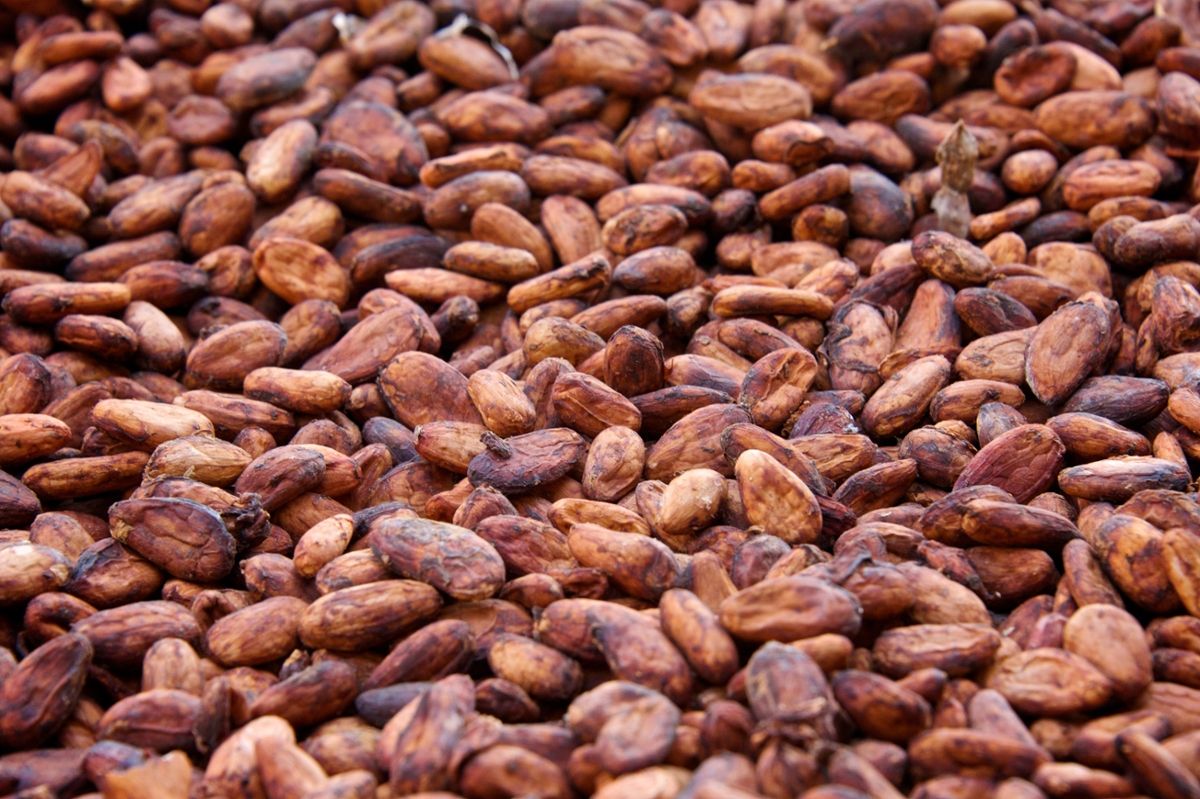Y: Is the coffee ready, Don?
D: Yes, and I think it has a fine bouquet, Yaël.
Y: You're not drinking wine.
D: Coffee and cacao beans are fermented. Similar to wine, the flavor of the beans is determined by the type of yeasts and microorganisms present.
Y: I know cacao beans are fermented, but I thought coffee was roasted.
D: Cacao pods are fermented five to seven days. Yeasts and bacteria digest the pulp surrounding the beans and trigger biochemical changes that color and flavor the beans. Coffee growers use different types of fermentation. Some use a two-day wet fermentation to remove the red pulp from the bean, while others use dry methods that require several days. After fermentation, the beans are roasted.
Y: Wine makers use special yeast to create wine. Is it the same for coffee growers?
D: Cacao and coffee fermentation isn't as developed as wine making. Coffee originated in Ethiopia in Africa, and Cacao is from the Amazon in South America. Wild yeasts and microbes were originally used to ferment both beans, but there has been a lot of trade since beans were domesticated. That's why a group of scientists wondered what types of yeasts are being used, and where they originated.
Y: How did they figure that out?
D: They collected unroasted coffee and cacao beans from twenty seven countries. They isolated bean yeasts and analyzed their genes. The yeasts are diverse, but most strains from the same continents and countries are similar to their immediate neighbors. Still, some cacao strains from South America share genes with European vineyard yeast and North American oak tree yeast, and are probably the result of human trade.










